Do any—or all—of these sound like you at your agency?
- You’re stuck with “Analysis Paralysis” on a big decision, because each choice has pros and cons.
- You want to make yourself more optional, but your team keeps asking you questions that should be obvious.
- You’re not sure how to answer a sales prospect who wants to know what’s truly unique about your agency.
Conveniently, these problems often have the same solution—embrace my Values, Goals, and Resources (VGR) decision-making framework.
I created the concept of VGRs in my work as a boutique-style advisor. That is, I customize advice to each client’s unique VGR—so my agency advice is what I would do if I were in your situation, with your Values, Goals, and Resources. And my team follows that, too.
By reducing “decision fatigue,” the VGR concept also applies directly to you and your work—as you manage your team, as your team advises your agency’s clients, and as you make big (and not-so-big) decisions about your agency’s future.
Let’s explore how to make Values, Goals, and Resources work for you!
Handling Your Internal VGRs
You may need to do some work to nail-down your internal Values, Goals, and Resources. Fortunately, that’ll save time later, since people can refer back to what they already know instead of needing to figure them out every time.
Be sure you know your internal VGRs first, since this can help you skip certain external decisions altogether. For instance, if one of your values is that you won’t work with companies in the tobacco industry, you can auto-decline a sales inquiry from a new nicotine brand, instead of wondering what to tell them.
Internal Values
At a high-level, you and your team should already know your agency’s values—it’s part of the Mission, Vision, and Values (M/V/V) triplet.
If you don’t, you’ll need to do some work to map those out. (It’s worth it—it’s easier to meet your goals when your team is on the same page.)
Internal Goals
You and your management team have goals. Do all of your employees know the agency-level goals? If not, you’ll want to fix that—otherwise, you risk having everyone pursuing different goals, and that’s not going to help you succeed.
Your internal agency goals might revolve around revenue and profit margins. But they might also be about quality—for instance, to secure a certain percentage of revenue from new services, to get business from a new industry, or to fix a Client Concentration problem.
Internal Resources
At its simplest, do employees know what expenses they can incur without getting their manager’s decision? Giving everyone a decision-making budget means you (and your middle managers) won’t get sucked into every choice. The budget doesn’t have to be enormous—maybe it’s $100 for a front-line employee and $1,000 for a director—but it means people feel empowered, and their manager isn’t necessary for every small decision. For inspiration, consider the Ritz-Carlton $2,000 rule.
Beyond that, do client-facing employees know the resources (budget, timeline, people) available as they work on client projects? This shouldn’t be a secret—when your team doesn’t know the resources available, they either over-use resources (because they didn’t know, and it hurts your margins) or they under-use resources (because they assumed they had fewer resources available, and quality suffers).
Understanding External VGRs
This is where the rubber meets the road—your agency succeeds by customizing your advice to each client’s Values, Goals, and Resources. When you do, you’ll retain clients longer because you’re delivering the results they want, not the results you think they want.
Use Your Pre-Sales Intake Questionnaire
When a client is still a sales prospect, your team can use a pre-intake survey (here’s my sales pre-qualification survey) to gather information on their Values, Goals, and Resources.
If their VGRs conflict with your agency’s VGRs—or the prospect’s expectations are unreasonable—your sales team can Fast Fail them instead of wasting time.
Use Your Pre-Kickoff Survey
Once someone moves from prospect to client, your AM team can use a pre-kickoff survey to dig deeper on their Values, Goals, and Resources. If you have a pre-kickoff survey now, review what client VGRs your team hears today.
If you don’t have a pre-kickoff survey—or want to upgrade yours—look at how your questions provide intel on the client’s VGRs. For instance, your team likely asks about client goals, and about any key constraints.
Since each stakeholder completes the pre-kickoff separately, your AMs may find competing VGRs from a single client. That’s a good thing—now your team can reconcile the differences via the kickoff process.
Look for Other Ways to Gather Client VGRs
Your team can also learn a client’s VGRs through casual conversations and day-to-day communications. As a former therapist told me: “People tell you everything you need to know about them… if only you listen.”
Nesting (or Cascading) Your VGRs
Once your team knows internal and external VGRs, it’s easier to make decisions—because when VGRs conflict, they can focus on the top-level VGR.
Agency-Level VGRs
High-level VGRs include things like your core values, agency-wide profit margin targets, and how many hours a week you want people to work.
If a lower-level VGR requires compromising on a high-level VGR, you can auto-reject the lower-level VGR… or now have a conversation about whether you need to make an exception. (That does require time, but it’s better than needing to do an in-depth discussion for every decision every time.)
Client-Level VGRs
Do your delivery teams know each client’s Values, Goals, and Resources? If not, get on that!
How? Look back at what you learned during the process and kickoff. Odds are good that they know some of it already, including clients’ long-term goals plus the budget aspect of their resources—but the team probably knows something about their preferred timeline and values.
Engagement-Level VGRs
What is the client trying to accomplish in this specific project or retainer? Are there budget, timeline, or personnel constraints you need to consider?
As I noted above, your team can use pre-sales intake questionnaires and pre-kickoff surveys to gather client- and engagement-level VGRs for future clients.
Applying VGR at Your Agency
Ready to start applying Values, Goals, and Resources (VGR) to your decision-making process—and as a way to help your team and clients? Great!
Here are tips to help as you roll-out VGRs as a decision-making shortcut.
1) Make VGRs part of the conversation. When someone asks you to make a decision, put it back to them by asking the VGRs they’re considering. Then—cue the Socratic method—ask them what they’d decide, based on those VGRs. A year from now, you want VGRs to be automatic.
2) Build a way to track VGRs, especially at the client and engagement level. This helps your team juggle everything, and it also makes it easier to reduce the “what should I do?” questions that bug you and your leadership team. (It won’t eliminate questions completely—and you shouldn’t—but using VGRs helps you create a virtuous cycle of continuous improvement, as people learn from past answers.)
3) Apply VGRs to sales conversations. This is especially important when your agency specializes in an industry—it helps your team demonstrate how and why all your clients aren’t getting the same advice from your agency. And your team can talk about what’s different for the client versus your current case studies—that is, each client is having their own experience.
Question: How might using Values, Goals, and Resources (VGR) help you and your team make better and faster decisions?


